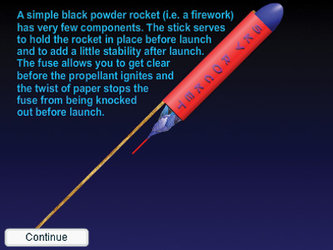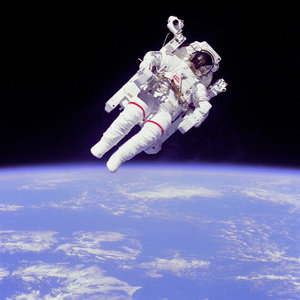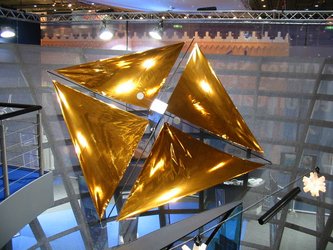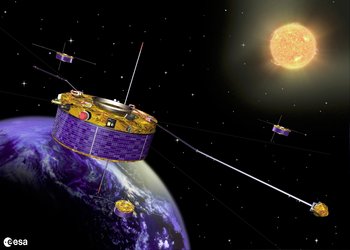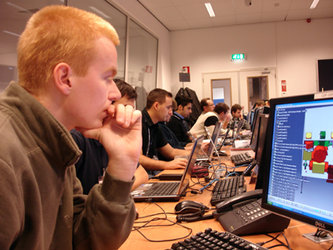One day soon
"10, 9, 8…"
You realise that you are holding your breath.
"7, 6, 5…"
Your fists are clenched tight; your nails biting into the palms of your hands.
"4, 3…"
You’ve been working to this moment for so long. The next few seconds will tell.
"2, 1, ZERO, Vulcain cryogenic stage ignition."
"3, 4, T plus 5 seconds, Vulcain operation confirmed."
"6, T plus seven seconds, solid fuel boosters ignited, latches released."
"Lift off!""
The night fills with smoke, flames and a deafening roar. Sound and fury signifying everything. You start to breathe again as the Ariane 5 climbs in to the sky carrying your satellite with it into space.
The European Space Agency has long encouraged science and engineering students to look at the space sector as a valuable and exciting career. One way is through its education satellite programme. It started with the polar orbiting SSETI Express satellite in 2005. Next and currently planned for a launch in 2012, ESEO (the European Student Earth Orbiter) will lift off from Kourou in French Guiana and enter a low earth orbit. From there it will observe the Earth and measure the environment of energetic charged particles. And from beginning to end the satellite will have been designed, developed, built and tested by university students.
The vast majority of the science and technology behind rockets and satellites can be understood using pre-university learning. These pages will help give you an insight in to the topic of propulsion but they could equally have been about communications, electrical power, radiation, optics or any of the many other areas vital to a space mission. If after looking through these pages you are tempted but think that you might too late to join the ESEO team then there’s always the future, ESMO (the European Student Moon Orbiter) is next...
And it’s going to the Moon!




